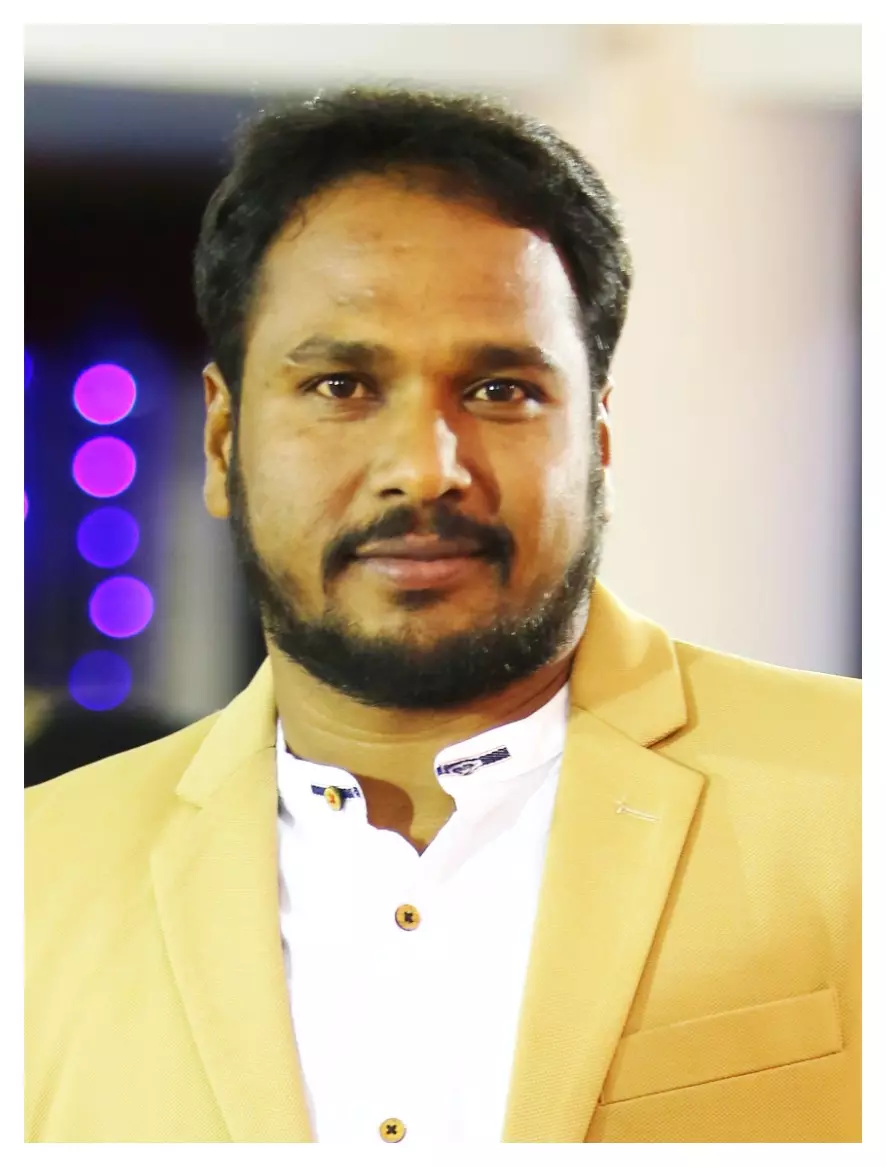India Launches Chandrayaan-3, Aims for First Lunar South Pole Landing
Vikram, is scheduled to touch down near the moon's little-explored south pole at 5.47 pm IST on August 23

Sriharikota: India embarked on her third mission to the moon, this time to become the first nation to attempt a landing on the lunar south pole in search of water ice with a lander, Vikram, on board the Chandrayaan-3 atop the heavyweight Launch Vehicle Mark-III 'Fat Boy' rocket which took off with textbook precision from the spaceport at Sriharikota in Andhra Pradesh on the dot at 2.35 pm.
The lander, Vikram, is scheduled to touch down near the moon's little-explored south pole at 5.47 pm IST on August 23.
The mission is a crucial part of ISRO's long-term plan for future inter-planetary exploration. Through the Chandrayaan-3, scientists are aiming at mastering the technology of soft landing on the surface of a celestial body.
Fifteen years ago, Chandrayaan-I had helped India become the first nation to confirm the presence of water on the moon: On 14 November, 2008, India had released the
helped confirm the presence of water ice. Earlier, the CHandra's Altitudinal Composition Explorer (CHACE), which
Chandrayaan-2, the second mission in July 2019, faced communication issue during the attempt to land Vikram; its orbiter is still functioning. Friday's mission does not carry an orbiter to study the moon from space. Instead, it will drop a lander, named Vikram, and a rover, Pragyan, on to the lunar surface which will operate for a lunar day which is about 15 earth days. Union minister Jitendra Singh has estimated the mission cost at just about '600 crore. The new Vikram can survive a faster landing, at three metres a second.
About 16 minutes after launch, Chandrayaan-3 separated from the rocket and began orbiting around the earth. Chandrayaan-3 weighs approximately 3,900 kilograms and is equipped with a lander, rover, and propulsion module.
Only Russia, the United States and China have previously achieved a controlled landing on the lunar surface. The Chandrayaan-3 spacecraft will take much longer to reach the Moon than the manned Apollo missions of the 1960s and 1970s, which arrived in a matter of days.
The LVM-3 is much less powerful than the United States' Saturn V. It will orbit the earth several times to gain speed, before being sent on a month-long
lunar trajectory. If the landing is successful the rover will roll off Vikram and explore the nearby lunar area, gathering images to be sent back to Earth for analysis.
Isro chief S. Somanath has said his engineers carefully studied data from the last failed mission and tried their best to fix the glitches. Chandrayaan-3 is designed to handle the challenges faced by its predecessors better. It utilises the LVM3 rocket, which consists of three modules: propulsion, lander, and rover, carrying a total of eight payloads.
The propulsion module, along with the lander, will travel for over a month to reach the moon's orbit before descending for a soft landing on the lunar surface. The mission has eight payloads. While the Vikram lander carries four payloads, the Pragyan rover takes two, and the propulsion module carries one.
Following the separation from the launch vehicle, the propulsion module along with the lander would proceed for an over a month-long journey towards reaching the orbit of the moon until it goes 100 km above the lunar surface.
After reaching the desired altitude, the lander module would begin its descent for a soft landing on the south pole region of the moon. Speaking at the Mission Control Centre (MCC), Isro chairman S. Somanath said that the Chandrayaan 3 had been successfully placed into a precise orbit by the LVM 3 rocket. He congratulated India on the accomplishment and stated that Chandrayaan 3 had begun its journey towards the moon.
Mission director S. Mohana Kumar said that the LVM3 had once again proved to be the most reliable heavy lift vehicle of Isro. "We are in the process of
increasing the launch frequency of this vehicle considering the national requirements as well as satellite demands," he said, adding that today's mission was a 'penance' of many across Isro.
Project director P. Veeramuthuvel said that all the spacecraft's health parameters, including power generation in the propulsion module and lander module, were normal.
Jitendra Singh, Union minister of state for science and technology, described the event as a moment of glory for India and a significant milestone for everyone in Sriharikota. He commended the Isro team for bringing pride to the country and expressed gratitude to Prime Minister Narendra Modi for enabling India's space sector by facilitating access to Sriharikota.
He mentioned the Prime Minister's statement that the sky is not the limit and remarked that Chandrayaan had gone beyond the confines of the sky to explore uncharted horizons in the universe. He also paid tribute to Vikram Sarabhai, known as the Father of India's space program, highlighting his visionary dreams and unwavering confidence in India's potential.
Thousands of spectators who had assembled since morning at a special amphitheatre created to watch the launch of spacecraft, broke into loud cheers and applauded as the launch vehicle soared into clear skies and, possibly, into history.

